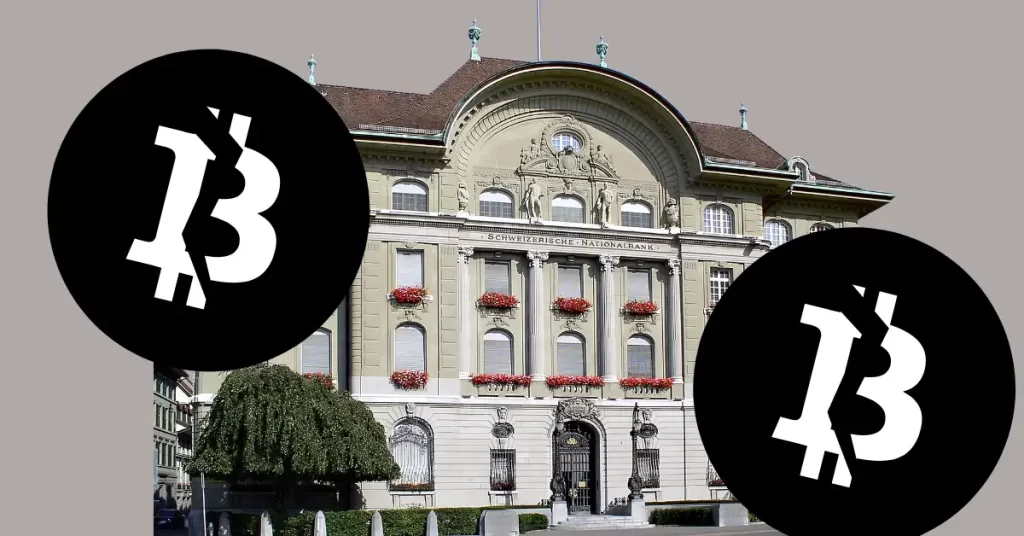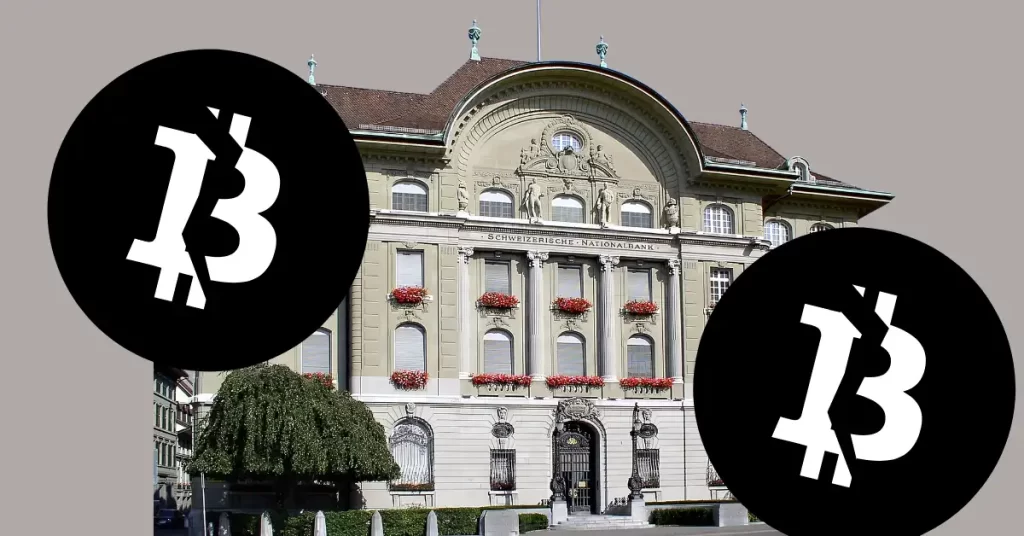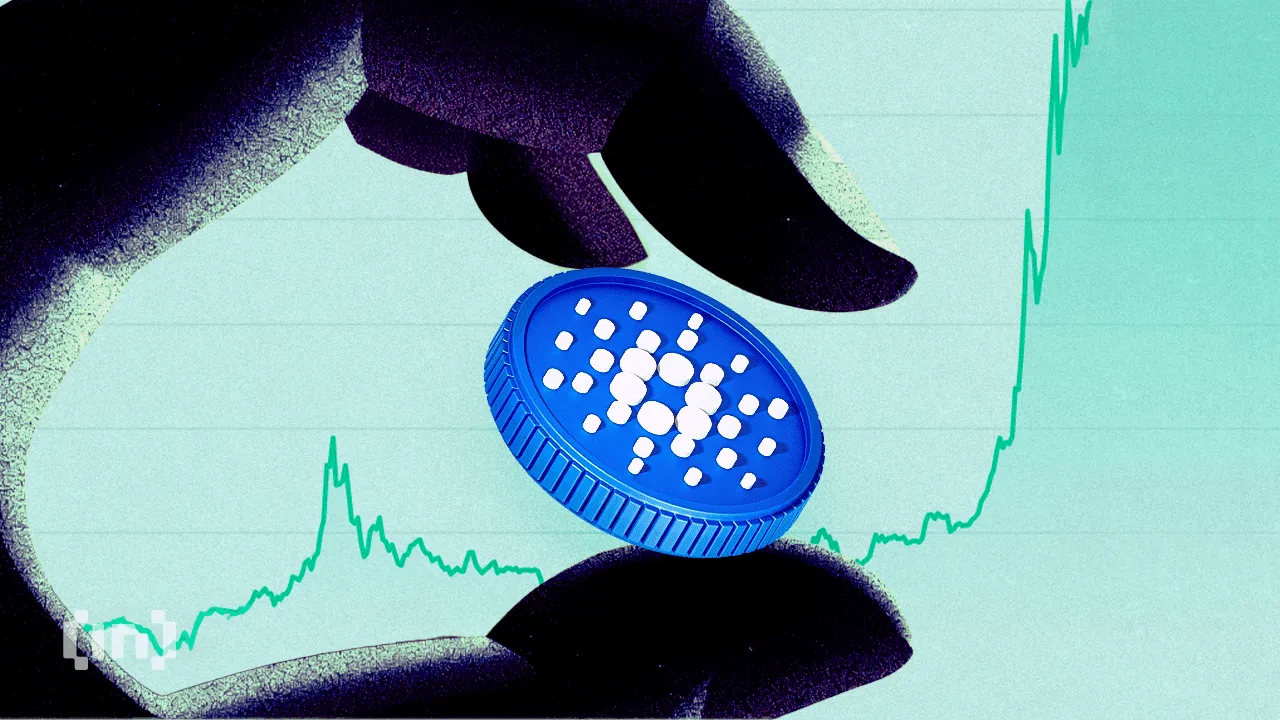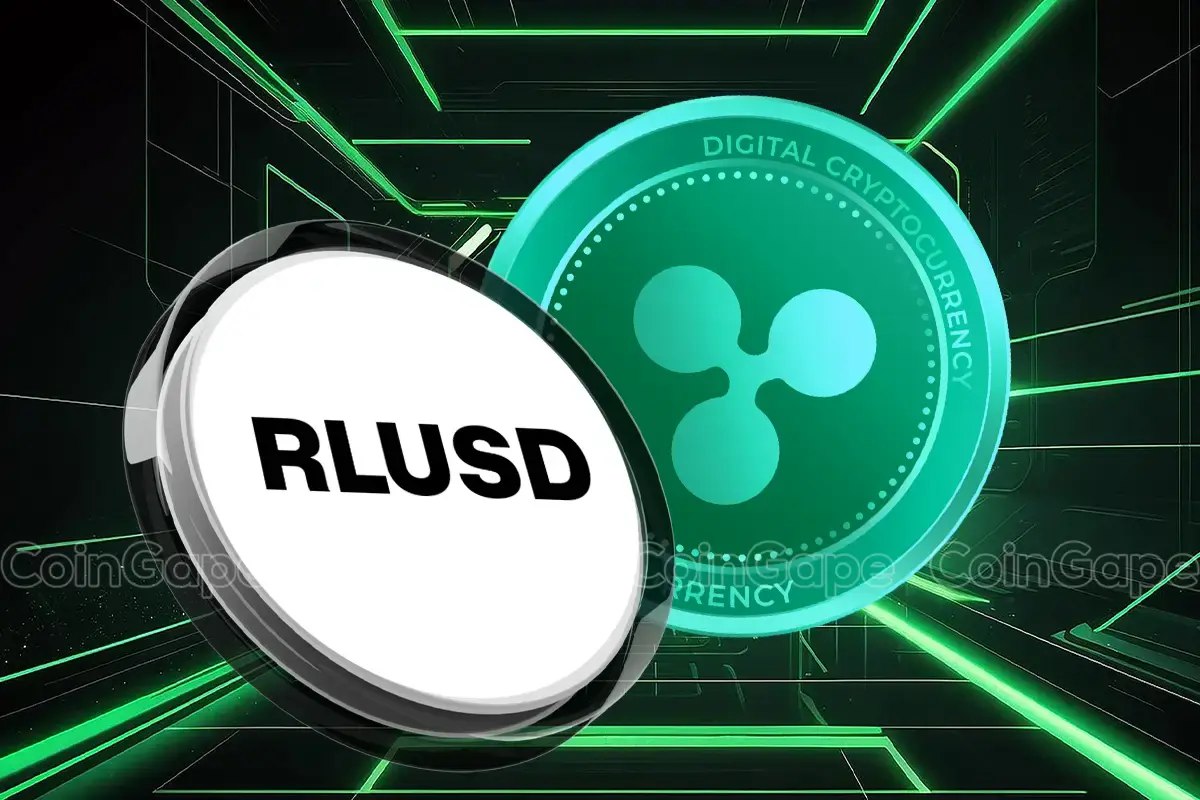
The post Switzerland’s Crypto Regulation Faces Heat as Bitcoin Reserve Strategy Sparks Debate appeared first on Coinpedia Fintech News
As inflation rises and economic uncertainty deepens, Switzerland is facing fresh pressure to rethink its Bitcoin reserve strategy. A group of crypto advocates has launched a referendum, urging the Swiss National Bank (SNB) to add Bitcoin alongside gold to its reserves as a safeguard against global instability.
Swiss National Bank Rejects Bitcoin Reserve Push
Despite mounting calls, the SNB remains firm. In a recent meeting, SNB Chairman Martin Schlegel dismissed the idea, calling Bitcoin too volatile for Switzerland’s official reserves. Schlegel emphasized the need for assets that are highly liquid and stable in value—qualities Bitcoin, in his view, does not consistently deliver.
He also raised concerns over Bitcoin’s reliability, highlighting that, being a software-based asset, it could face technical glitches. Schlegel underlined that the SNB has no intention of incorporating crypto into its reserve strategy at this time.
- Also Read :
- Crypto News Today Live : Crypto tax , Bitcoin Price, Pi Network Listing, XRP News, Dogecoin Price
- ,
Global Trends Highlight Growing Interest in Crypto Reserves
While Switzerland maintains a cautious stance on crypto regulation, other countries are beginning to explore different paths. The United States, for instance, has started building a Bitcoin reserve using coins seized from criminal investigations, a move that is sparking discussions worldwide.
Even so, many governments remain hesitant, citing extreme price volatility and operational risks. For now, Switzerland appears committed to its traditional financial framework, resisting global trends that are slowly shifting toward Bitcoin and digital assets.
The growing debate over Switzerland’s crypto regulation and Bitcoin reserve strategy suggests that pressure on the SNB may not ease anytime soon.
Never Miss a Beat in the Crypto World!
Stay ahead with breaking news, expert analysis, and real-time updates on the latest trends in Bitcoin, altcoins, DeFi, NFTs, and more.







